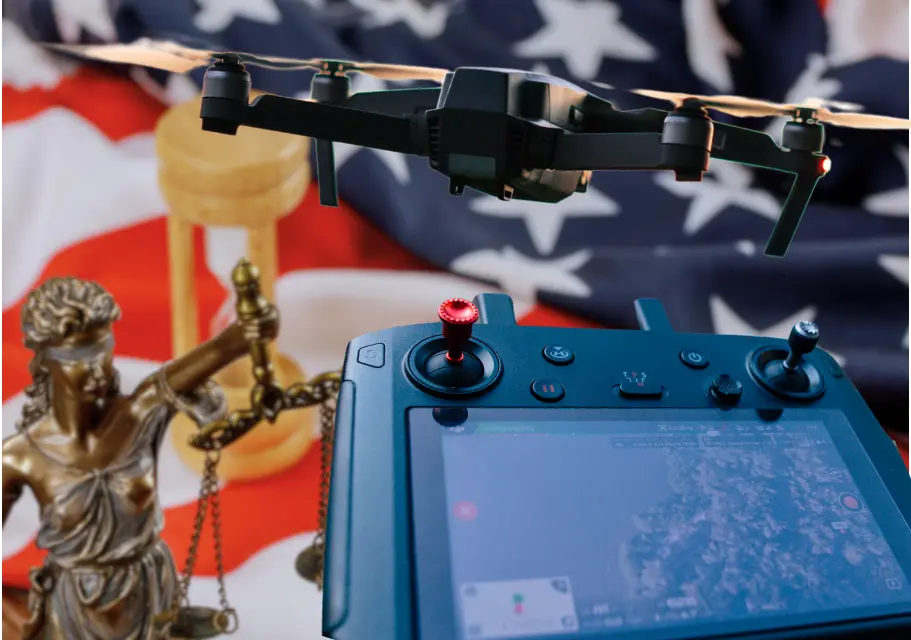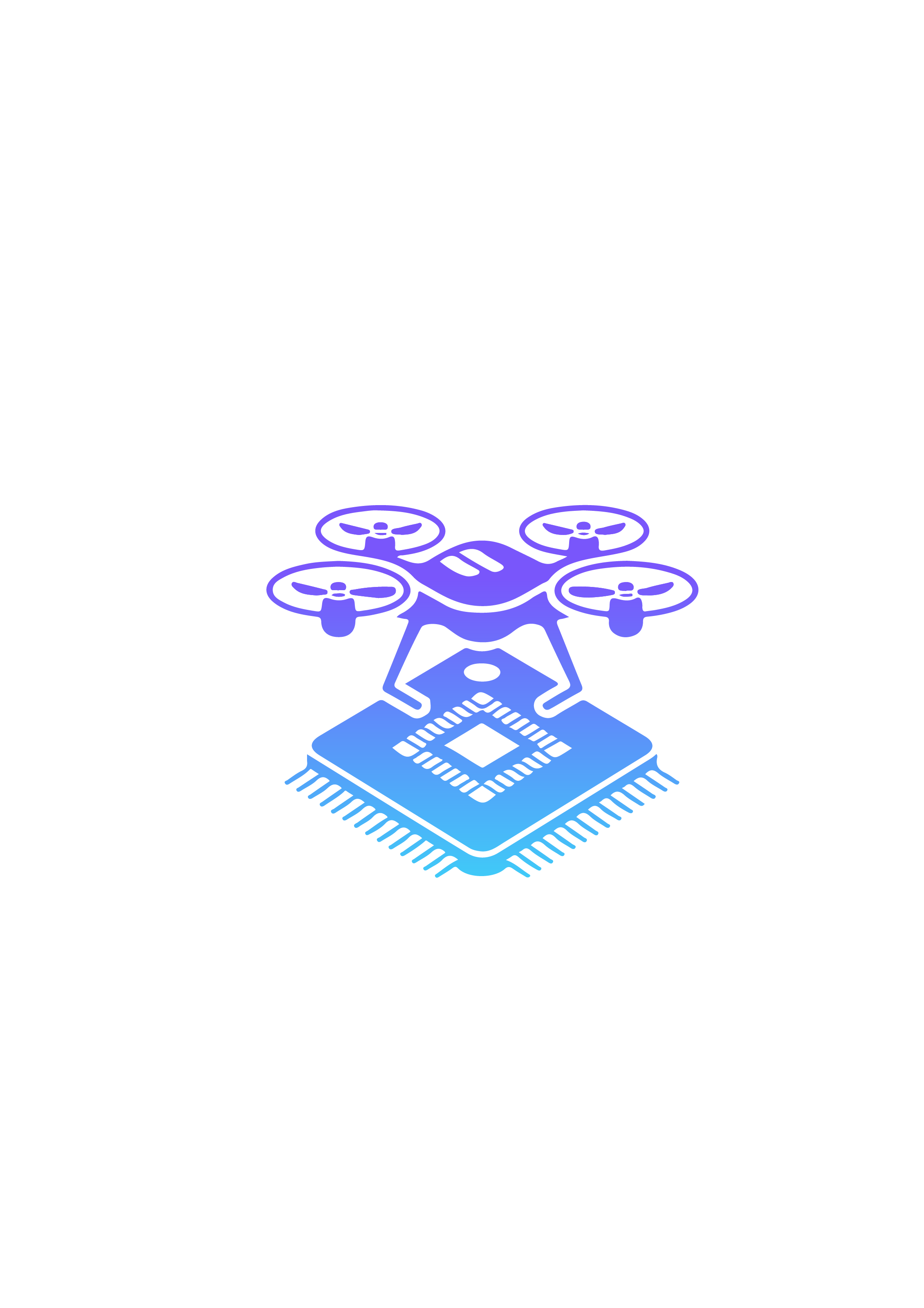
On June 6, 2025, the White House issued two executive orders, "Unleashing American Drone Dominance" and "Restoring American Airspace Sovereignty," that set a new course for drone operations in the United States. These directives aren't just about tightening regulations. They're about fostering a secure, innovative, and transparent airspace that supports industries like infrastructure, agriculture, and emergency services. For businesses relying on drones, these changes highlight the need for operators who prioritize compliance, safety, and actionable data.
This article unpacks the executive orders, their practical impact on drone operations, and what they mean for clients seeking reliable aerial solutions. It draws on established guidelines to educate without making unsupported claims, ensuring clarity for those navigating this evolving landscape.
The Executive Orders: Shaping the Future of Drones
The orders aim to modernize drone integration into the National Airspace System while addressing security concerns. They focus on advancing technology, strengthening oversight, and promoting domestic innovation, with clear implications for operators and clients.
Key components include:
-
Accelerating Beyond Visual Line of Sight (BVLOS) Operations: The FAA is directed to propose a BVLOS rule within 30 days, targeting routine flights without visual spotters. Unlike the current Part 107.31/33 waiver process, which requires case-by-case approvals, this rule aims to standardize BVLOS for applications like utility inspections or disaster mapping. It demands robust detect-and-avoid systems and data logging to ensure safety, expanding possibilities for long-range missions.
-
Advancing eVTOL Programs: The orders support pilot projects for electric vertical takeoff and landing aircraft, focusing on cargo and public safety missions like medical response. These programs involve defined timelines and data-sharing agreements with the FAA, preparing the airspace for advanced air mobility (AAM) under stricter Part 135 and airworthiness standards.
-
Promoting U.S. Drone Manufacturing: Federal agencies are encouraged to prioritize American-made drones in procurement and support domestic firms through export policies. This isn't a ban on foreign drones but a push for supply chain security, especially for government or critical infrastructure contracts.
-
Enhancing Airspace Security: The orders expand drone detection and countermeasure capabilities, with updated advisories on federal laws and better online access to flight restrictions like NOTAMs and TFRs. They also direct training for state and local enforcement, though only federal agencies with statutory authority (6 U.S.C. 124n, 10 U.S.C. 130i) can intercept or disable drones.
These measures balance innovation with accountability, ensuring drones integrate safely while opening new opportunities for industries.
Implications for Operators: Compliance Is Non-Negotiable
The orders draw a line between compliant and non-compliant operators. Those meeting FAA standards are positioned to thrive, while others face growing challenges. Key operational considerations include:
-
Remote ID in Practice: Required under FAA Part 89, Remote ID broadcasts a drone’s location, serial number, and takeoff point, enabling real-time tracking by regulators and airspace managers. Operator identity is accessible to authorities via FAA records, not public broadcast, ensuring traceability without compromising privacy.
-
Data Security Standards: Secure operations rely on encrypted transmissions (like AES-256) and comprehensive telemetry logging. While not federally mandated for all flights, these are industry best practices for sensitive missions, protecting data integrity in sectors like infrastructure or environmental monitoring.
-
Training and Credentials: FAA Part 107 certification is essential for commercial flights, covering airspace, weather, and safety protocols. Additional credentials like OSHA safety training or TWIC clearance are often required for secure facilities (e.g., ports or refineries), though not universal FAA mandates.
-
Equipment Choices: The push for U.S.-made drones signals a preference for domestic systems in federal contracts. Operators using foreign drones must ensure compliance with Remote ID and security standards, as no outright bans exist.
Non-compliant operators risk fines or restrictions, especially with expanded counter-drone technologies. Compliant operators, however, can leverage BVLOS and eVTOL advancements to offer broader, more efficient services.
The Power of Enterprise-Grade Technology
Professional drone operations depend on equipment designed for precision and security. Enterprise drones offer features like:
ADS-B AirSense for detecting nearby manned aircraft, reducing collision risks.
RTK georeferencing for centimeter-accurate mapping.
Thermal and zoom payloads for detailed inspections.
Secure data transmission to protect sensitive information.
Beyond capture, post-flight processing transforms raw data into actionable deliverables, such as orthomosaics, 3D models, or thermal analyses. This is critical for applications like stormwater management or facility documentation, where raw footage alone isn’t enough. The shift toward U.S.-made drones further emphasizes equipment reliability, particularly for government or infrastructure projects.
Client Benefits: Why Compliance Matters
For clients in industries like property management, pest control, or flood systems, partnering with compliant operators ensures reliability and reduces risks. Key advantages include:
Minimized Liability: Comprehensive insurance and certifications protect against accidents or regulatory issues.
Transparent Operations: Remote ID and audit trails provide verifiable flight records, essential for sensitive sites.
Actionable Data: Processed outputs like annotated maps or thermal reports deliver insights for decision-making.
Future-Ready Services: Operators prepared for BVLOS and eVTOL can offer expanded capabilities, from long-range inspections to rapid-response mapping.
These benefits align with the orders’ focus on safety and accountability, ensuring projects run smoothly and meet regulatory expectations.
How Suave Droning Delivers
Suave Droning is built to meet these evolving standards, providing reliable aerial solutions across New Jersey, New York, and Pennsylvania. Our team holds FAA Part 107 licenses, TWIC clearance for secure facilities, OSHA 10 and 30 certifications, and full insurance coverage. As a WBENC-certified woman-owned small business, we specialize in pest control, flood and stormwater systems, property inspections, and facility documentation.
Our fleet, led by the DJI Mavic 3T, features AirSense, AES-256 encryption, and Remote ID compliance for secure, traceable operations. We’re proficient with platforms like the Mavic 3E, Matrice series, and LiDAR systems, selecting the right tool for each job. Our in-house processing delivers inspection-grade results, from thermal analyses to 3D models, without third-party reliance.
We’re also integrating a U.S.-manufactured drone to align with domestic preferences, expanding our ability to serve government and infrastructure clients. This complements our commitment to compliance and quality, ensuring we meet both current and future demands.
Ready for the New Airspace
The drone landscape is shifting toward greater accountability and opportunity. For facility managers, safety leads, or infrastructure professionals, choosing a compliant drone partner means peace of mind and high-value results. Suave Droning is here to navigate these changes with you, delivering precision and reliability every flight.
